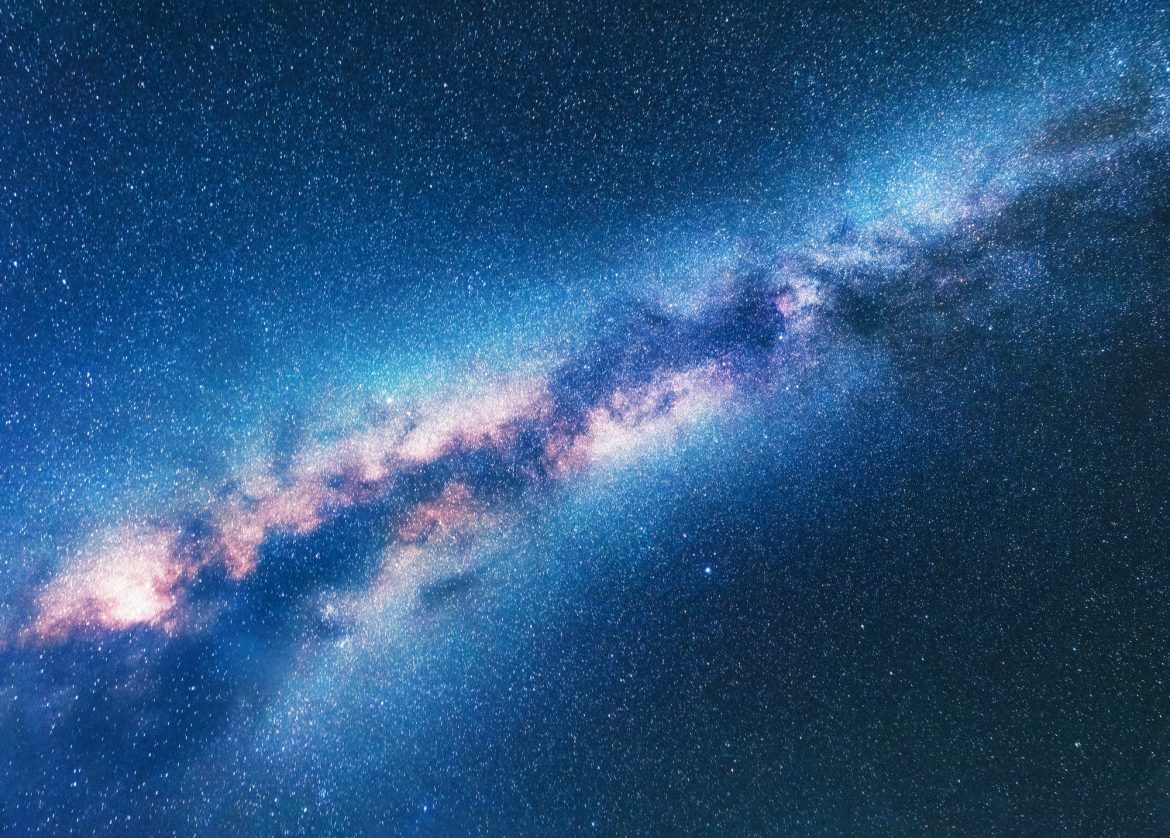Milky Way is a galaxy with a supermassive black hole in its centre. It is also surrounded by a lot of galaxies…
Our Home Galaxy — The Milky Way
The Milky Way is the galaxy the Solar System in. It is a barred spiral galaxy, 200,000 light years across. We are in the inner edge of the Orion arm, which is about 27,000 light years from the centre. Also, our galaxy has 4 spiral arms instead of 2, and its centre isn’t circular so it is barred.
The Milky Way seen in the night sky appears as a band of light. Those stars are very dim and they are invisible but they are bright altogether. That’s because the Milky Way has hundreds of billions, if not a trillion stars. Other than stars, there are also free-floating planets, asteroids and comets.
The Centre of the Galaxy
In the centre of the galaxy, there is a supermassive black hole called Sagittarius A*. It has a whopping 4,300,000 solar masses. Its diameter is also mind-boggling, it’s 18 Suns across, comparable to a blue supergiant star.
Although it seems huge, it is very small compared to the centre of other galaxies. The Andromeda Galaxy, has a supermassive black hole, having about 200 million times the mass of Sun.
Due to gravity, the centre of the galaxy is much denser than the outskirts. There are a lot of globulars and molecular clouds discovered near there. Also, their velocity is so fast because they are in tight orbits. Sometimes they could escape the galaxy entirely after a flyby of the supermassive black hole.

Our Galactic Neighbourhood
The Andromeda Galaxy is the closest galaxy to us, right? No! About 50 galaxies are orbiting the Milky Way!
The largest satellite galaxy of the Milky Way is the Large Magellanic Cloud. Tarantula Nebula, a huge nebula there has a lot of hot, luminous and massive stars. R136a1 there is the most luminous and the most massive star known! It is a barred spiral galaxy, just like the Milky Way.
Dwarf galaxies don’t only be spiral, there are also dwarf elliptical galaxies and dwarf irregular galaxies.
Our galaxy is located in the Local Group with galaxies mainly orbiting the Milky Way and the Andromeda Galaxy. The Local Group is about 10 million light years across. There is also the Triangulum Galaxy, which might be a companion of the Andromeda Galaxy.
The Andromeda Galaxy
The Andromeda Galaxy is also a barred spiral galaxy, the same size as the Milky Way. It has about a trillion stars, if not hundreds of billions, just like ours. It has the same mass as the Milky Way, or maybe lower.

The Andromeda Galaxy is moving towards us and therefore, they will eventually collide. This will happen 4 billion years later. At that time, we won’t be on Earth because it’ll be fried by Sun’s increased luminosity. When they collide, they will become irregular due to the tidal forces produced by each other. Neither of them will survive and they would form an elliptical galaxy.


